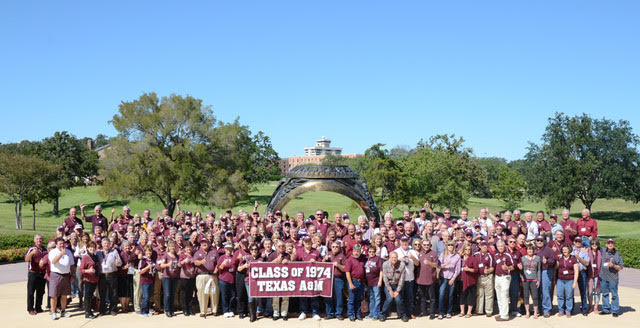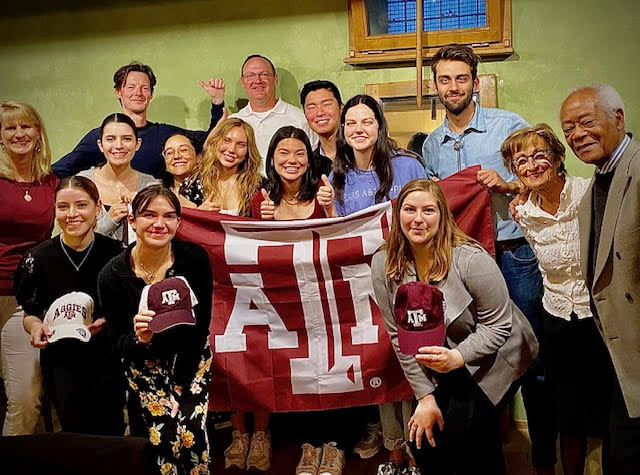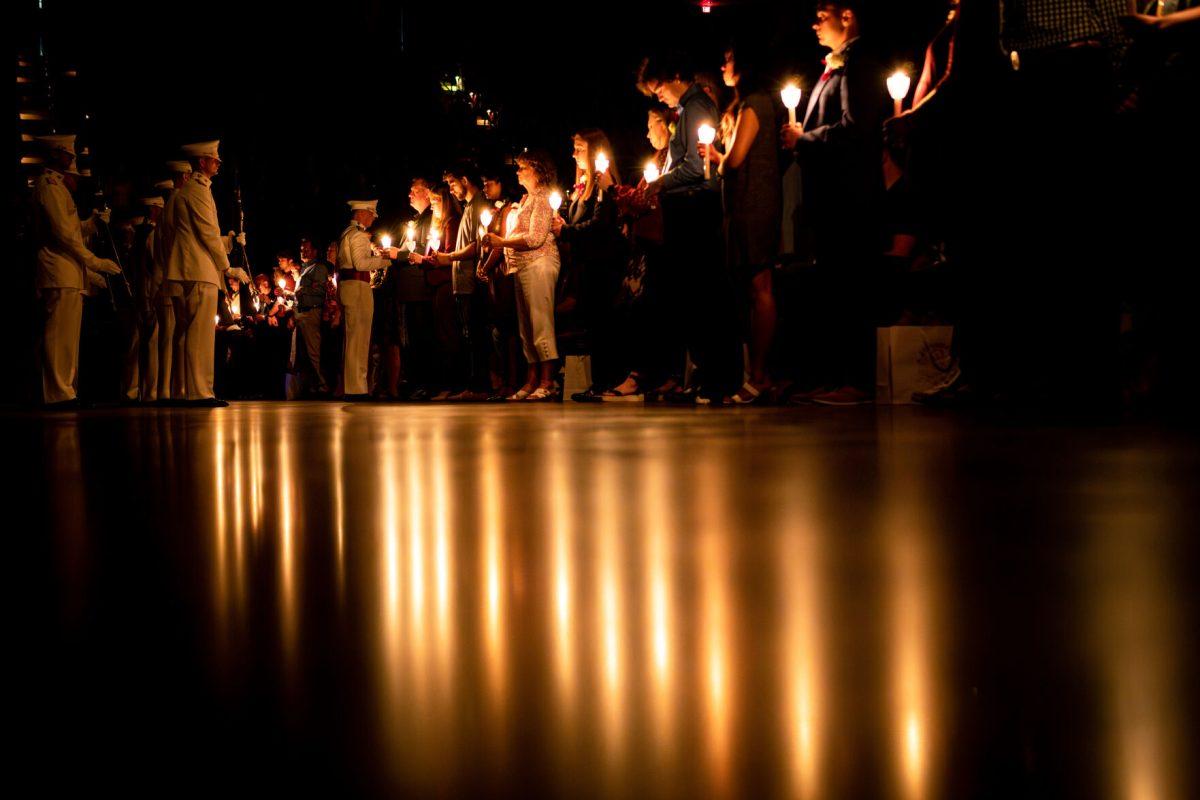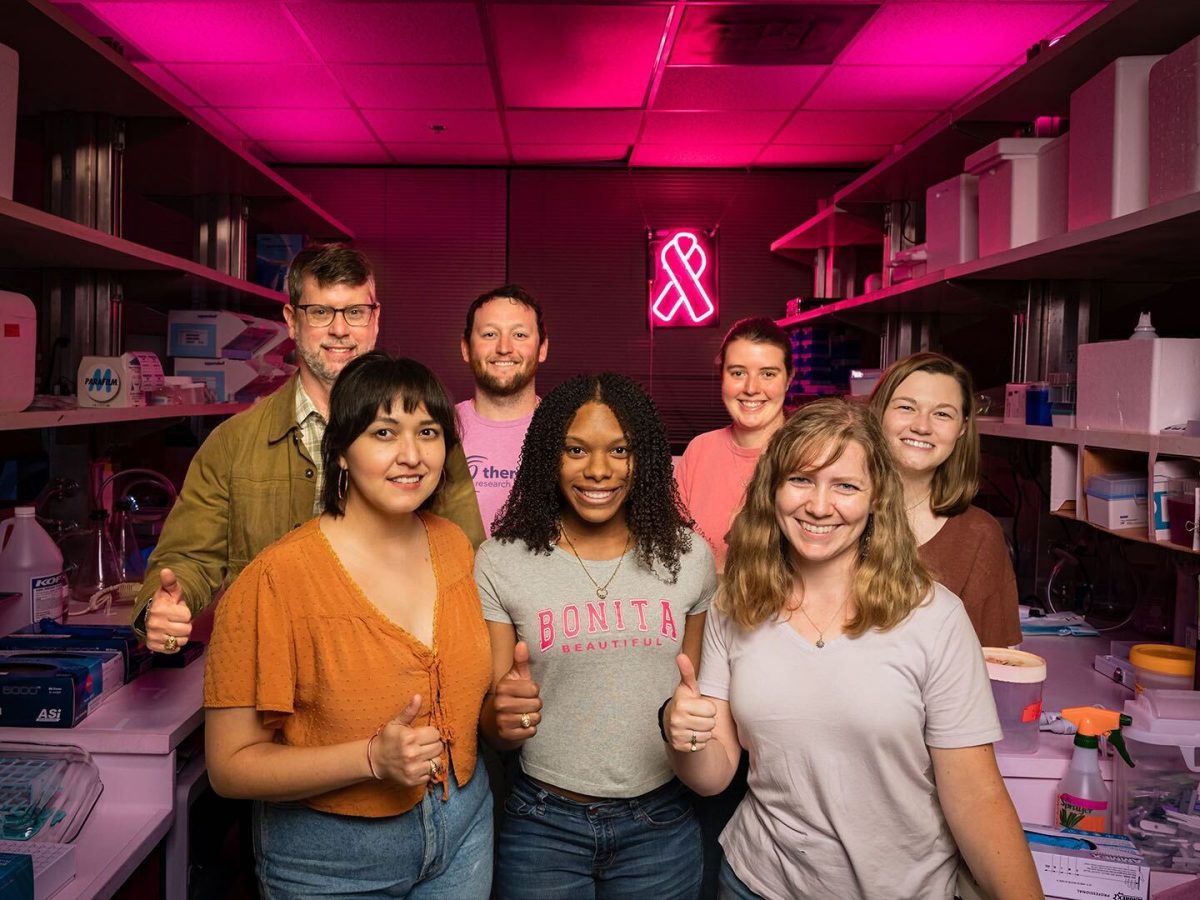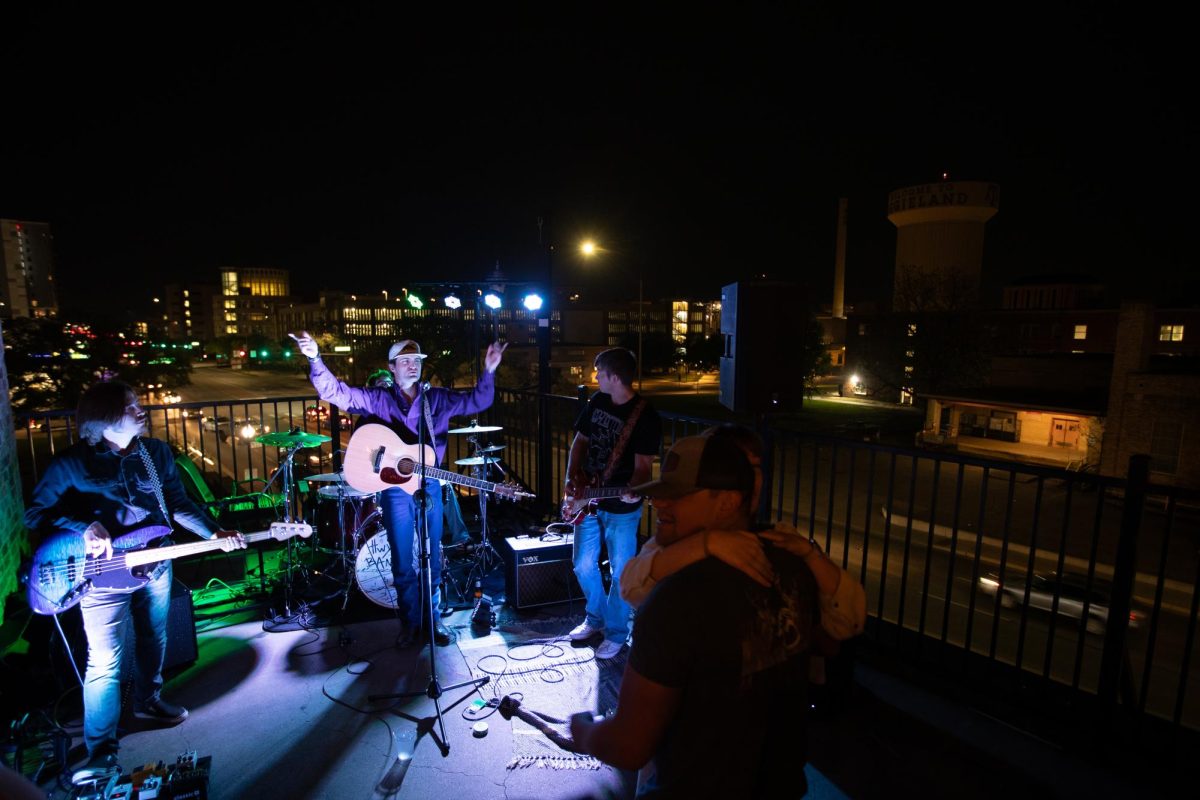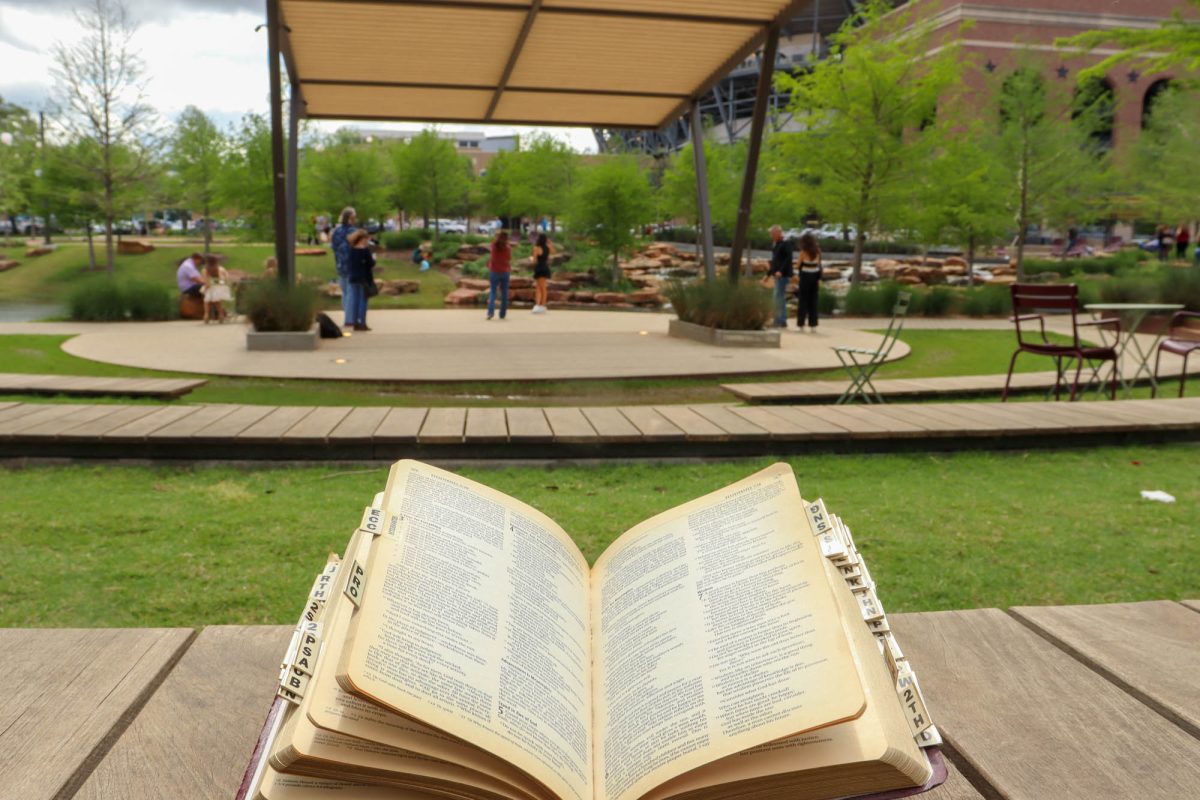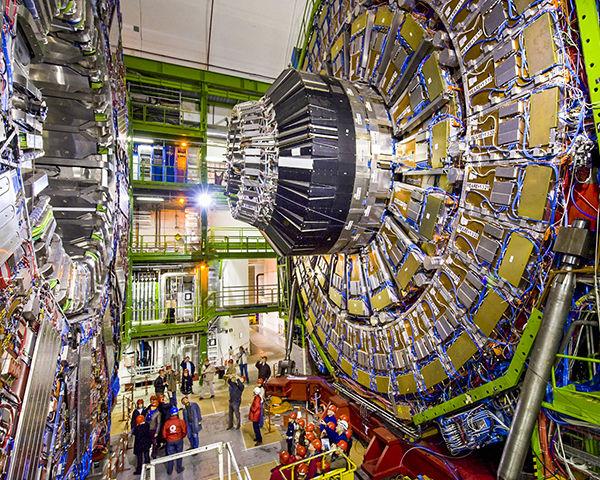Texas A&M will leave its signature on the largest particle physics project in history after a battery of upgrades renews the search for answers to the universe.
The Large Hadron Collider — the world’s largest particle accelerator — is undergoing upgrades to increase its energy and sensing capabilities. Texas A&M faculty and students are taking part in the effort to ready the machine for March, when it is expected to come back online after two years.
The LHC earned worldwide fame for its discovery of the Higgs-Boson last year, a subatomic particle that gives matter mass. The two years of upgrades have sought to increase the accelerator’s energy and ability to process the massive amount of data generated by subatomic collisions.
“The LHC will start running in the spring,” said Alexei Safonov, associate physics professor and team leader of the A&M group working with the LHC. “What is happening right now is various checks to electrical connections, tuning elements, magnets should be working properly. It is a 27-kilometer-long tunnel; everything should be working better than a Swiss watch.”
A&M students are part of what allows this project to run like a Swiss watch. Jason Gilmore, an associate research scientist and engineer on the Aggie LHC group, works with a student team on the upgrade project. These students are working with the Compact Muon Solenoid, a 14,000-ton section of the LHC that analyzes data about what is happening in the ring.
“Here at A&M we mostly build electronics, most of what we are working on now is trigger electronics,” Gilmore said, referring to work done at the A&M electronics lab. “You need a trigger in order to tell you when to save data.”
This Aggie team just returned from Geneva after replacing 72 of the 540 electrical trigger boards with trigger boards of their own design, said Aysen Tatarinov, a physics doctorate student.
The trigger boards allow the researchers to focus in their research, Gilmore said.
“We have 40 million collisions a second, and out of those, maybe 100 are sort of interesting,” Gilmore said. “In fact, in the end, it ends up being one out of 40 million are actually interesting. It takes a long time to process it to find anything worthwhile.”
The LHC is a 14-mile ring buried 300 feet below ground. The collider’s diameter is so huge that it dips into two countries, Switzerland and France. Through electromagnets it accelerates particles before smashing them together at close to the speed of light, generating exotic subatomic particles that physicists study to try and understand how the universe is structured.
The collider is processing a lot of data in a short amount of time, Tatarinov said. The focus of the trigger board is to pay attention to the high-energy collisions.
“You will see low energy stuff much more often, and all of the past physicists have already studied that quite well, and in order to study more interesting or exciting things we need to study the high energy collisions,” Tatarinov said. “We are interested in more high energy collisions.”
The team is hoping that through these upgrades they will be able to discover more particles, Safonov said. The list of hopeful finds include Super Symmetry, Dark Matter and many other phenomena that physicists have yet to explain.
“It is difficult to say what we will find,” Safanov said. “If you look at the history of discovery, people were looking for something but they were finding something different. Something that would be even more interesting because this would allow you to learn even more and help you understand better what is happening in this micro micro micro world.”
To understand the universe’s smallest building blocks, massive machines such as the LHC have to be made for a simple purpose — to break things.
“So let’s say you had a car and you wanted to figure out how a car engine worked, and you couldn’t, for some reason, open up the hood and look at it,” said David Toback, professor of physics and astronomy. “What would you do? Since we don’t know what to do, our best shot is bashing two cars together and see what pops out. That’s what we do. One of the crazy things that we have learned is that you can bash two particles together and create new particles.”
After the Higgs-Boson was discovered, the LHC got shut down in order to implement new upgrades for more discoveries, Toback said. These upgrades include better detectors and the ability to operate the machine at higher energies.


